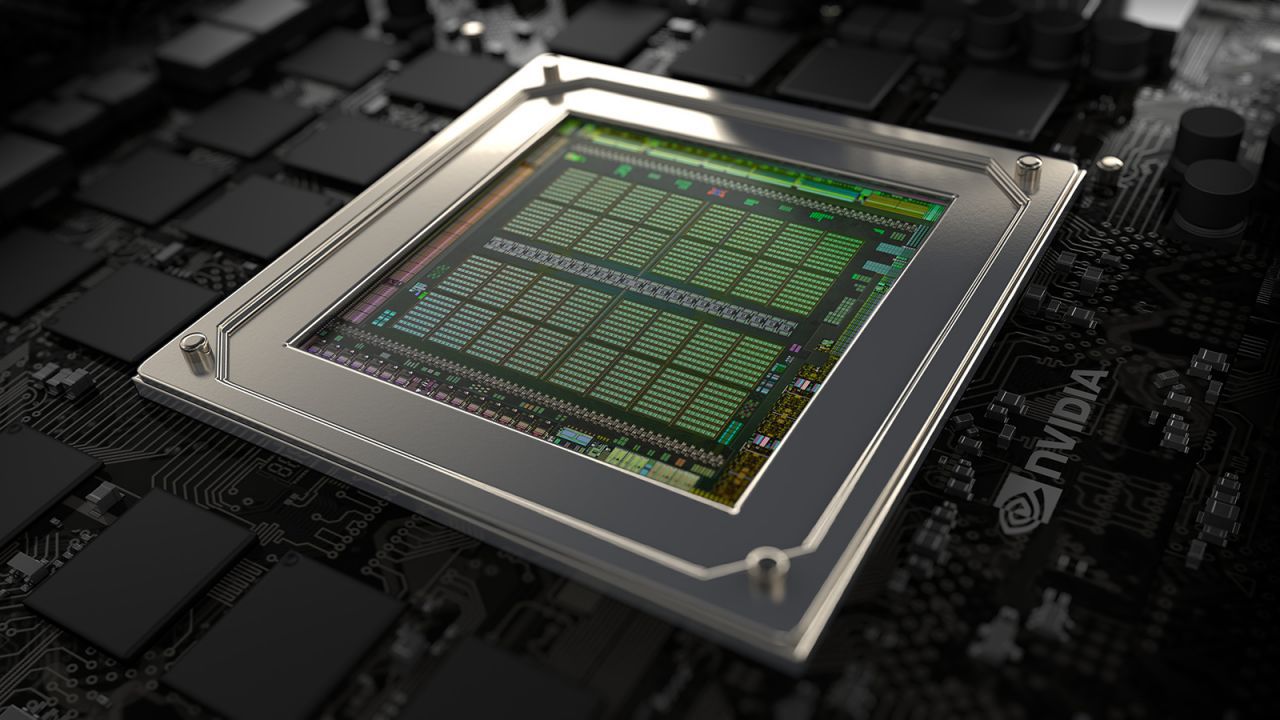The power of PC video cards is set to grow relentlessly over the course of 2020. After focusing on the low and mid-range, AMD is developing the RDNA 2 microarchitecture and new high-performance GPUs. NVIDIA, on the other hand, is grappling with the development of the Ampere architecture, which will take the place of that Turing.
Ampere video cards should offer a rather significant leap in performance compared to current models, thanks both to the new architecture and to the improvement of the production process, with the transition to 7 nm. A lot of information has recently emerged on the top proposals of the next range, the RTX 3080 and 3070, which together with the hypothetical RTX 3080 Ti will compete in the high end of the market.
A lot of power, even for Ray Tracing

The RTX 2080 Ti, 2080 and 2070 respectively use the TU102 and TU104 chips, the latter with the calculation units disabled in the case of the RTX 2070. The first two letters indicate the name of the architecture, in this case Turing. According to rumors that have emerged so far instead the RTX 3080 will be based on the GA103 chip, while the RTX 3070 will use the GA104. Obviously a possible GA102 would equip the Ti variant of the RTX 3080 but for now there are no rumors about this GPU. To understand what the performance leap could be with the current generation, let's take for example the RTX 2080 Super and the RTX 2070 Super.
The first one offers 3072 CUDA Core and 8 GB of GDDR6 RAM at 15.5 Gbps, the second one has 2560 CUDA Core and 8 GB of GDDR6 RAM at 14 Gbps. According to what has been leaked so far, the next RTX 3080 is expected to have 3840 CUDA Core and 10 GB of GDDR6 RAM on 320-bit buses, which can go up to 20 GB, probably reserved for Quadro variants, addressed to professional users.
The RTX 3070 instead could be equipped with 3072 CUDA Core and 8 GB of GDDR6 RAM on a 256-bit bus. The two cards not only offer a greater number of CUDA Core, but also higher efficiency, given by the new architecture. This means that with the same CUDA Core, the performance will still be higher on the Turing GPUs. In recent weeks the rumors indicated a performance jump of up to 50% between Turing and Ampere, a figure that, if confirmed, would bring the power available in these video cards to much higher levels than the current ones.


We must not forget the Ray Tracing speech. The Turing GPUs were the first to be able to use this technology, the cost of which in terms of frame rates, however, remains very high, especially at higher resolutions. With the Ampere range, NVIDIA will not only improve performance with traditional rendering, but also with Ray Tracing, increasing the number of dedicated computing units compared to the current ones.
Unfortunately, no indications have arrived, but the hope is that with the second generation of NVIDIA RTX cards it will be able to offer a much higher frame rate than that obtainable today, which especially in 4K does not allow to reach 60 fps, in many games, not even with an expensive RTX 2080 Ti. The numbers released so far must however be taken with great caution, on the one hand they are not verifiable, on the other the impact of CUDA Core Ampere will not yet be known on performance, compared to current Turing. The certainty is that the fight between AMD and NVIDIA this year will also move to the high end, which will thus be able to benefit from greater competition.















